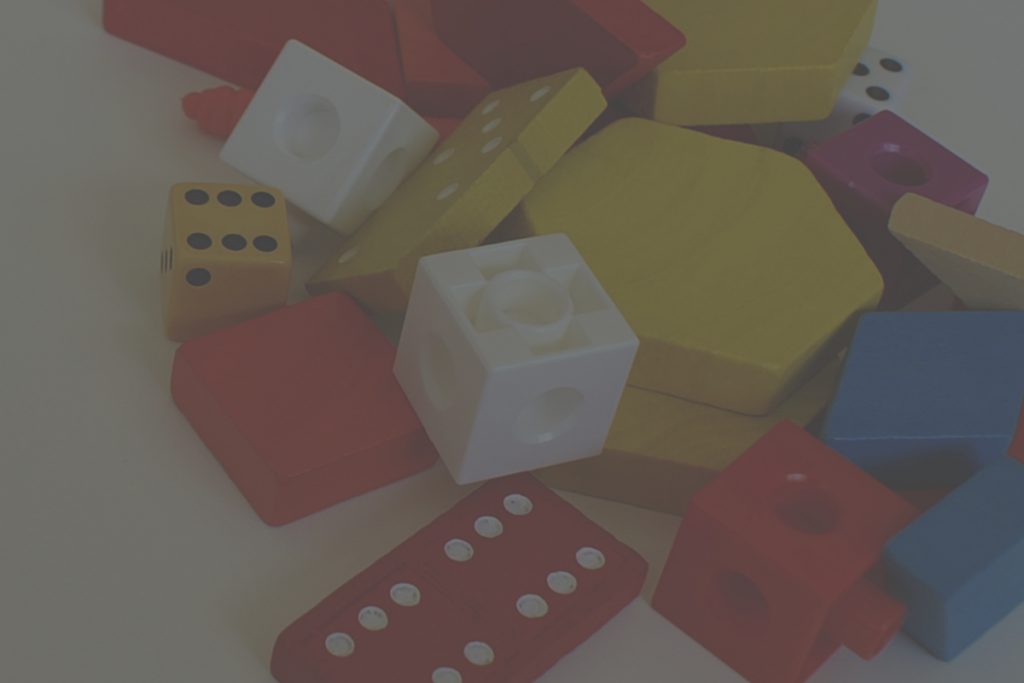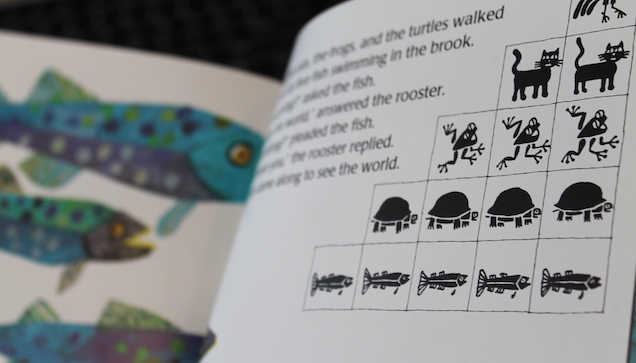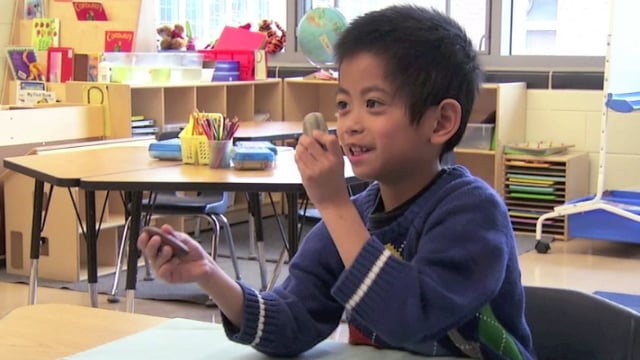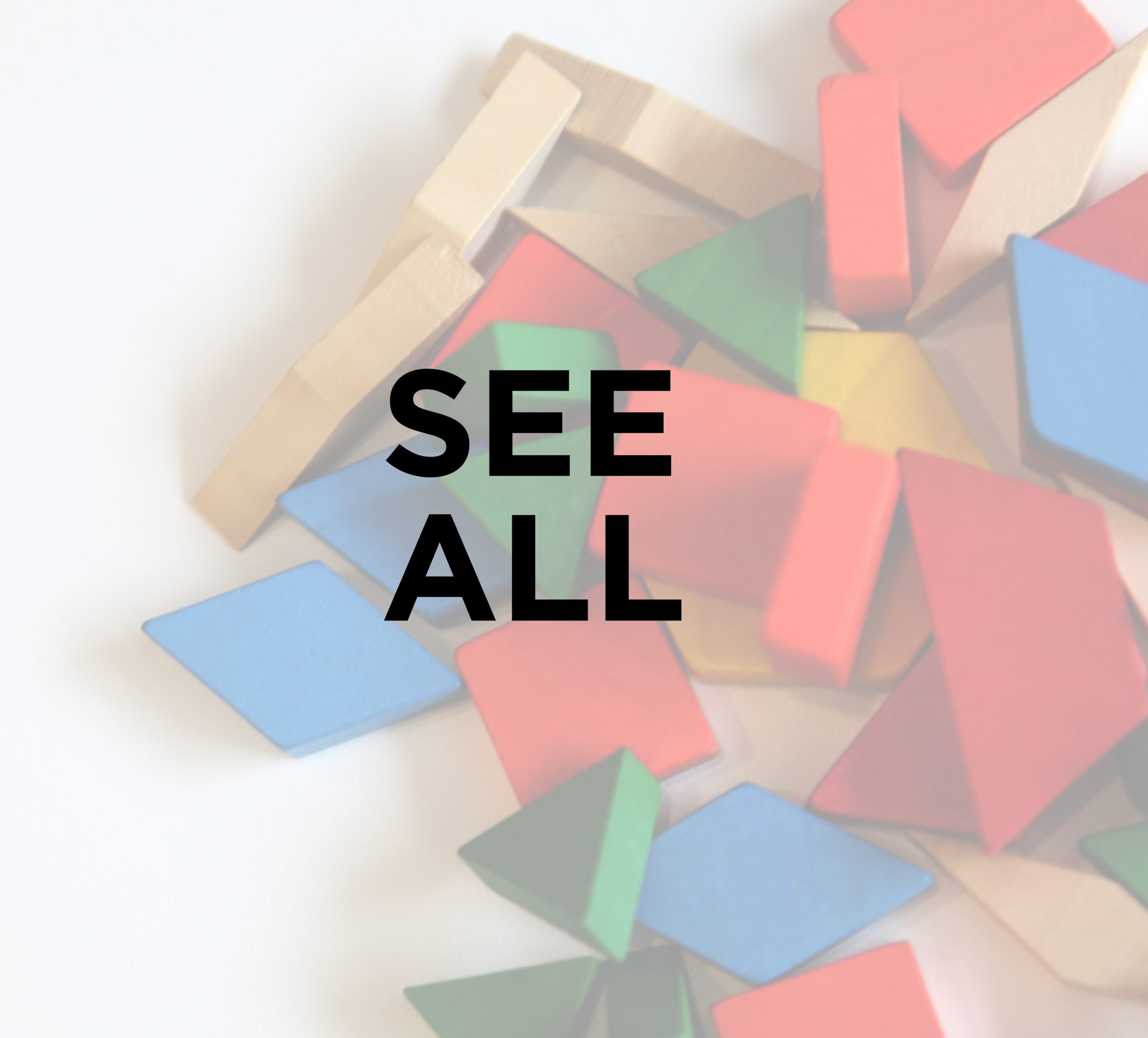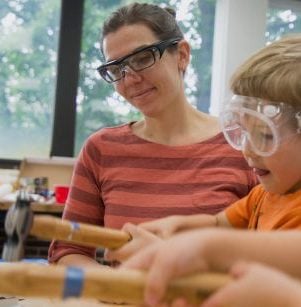Sets
We often fail to appreciate how much of young children’s lives—and above all their play—involves thinking about and working with sets of things. A set is any collection that is grouped together in some meaningful way. In fact, in order to learn the names of things, children must create sets in their mind, like the set of “dogs” that includes their own dog, the neighbor’s dog, and that dog that barks at us on the way to preschool. For their definition of “dog” to be like that of the adults around them, they must group these three animals together mentally to create a meaningful collection. Sets, then, are basic to children’s thinking and learning. They are also basic to our number system.
Copyright: Erikson Institute’s Early Math Collaborative. Reprinted from Big Ideas of Early Mathematics: What Teachers of Young Children Need to Know (2014), Pearson Education.
Big Ideas
● Sets can be compared and ordered.
● The same collection can be sorted in different ways.
● Attributes can be used to sort collections into sets.
Interested in Book Suggestions?
Browse our favorite children’s books that explore Sets and Sorting.
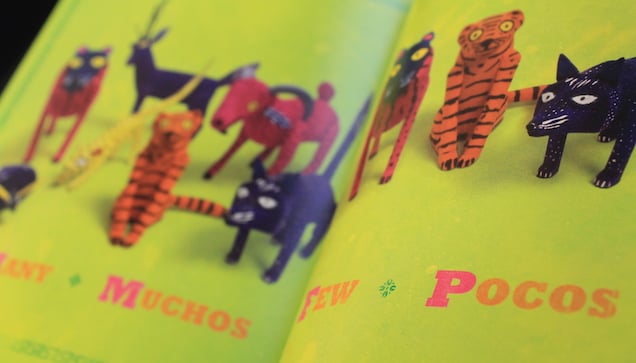
5 Kids’ Books that Involve Sets and Sorting
Children look for ways to organize and make sense of their world through play at school and home, as well as at clean-up time. Sorting items into groups by specific attributes gives children the opportunity to define sets according to a rule of what does and does not belong together.
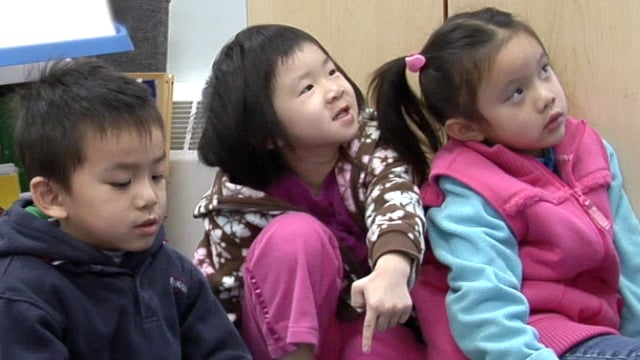
People Sort
Children sort and re-sort each other, based on various attributes. This activity involves an open sort in which the categories can include a wide range of attributes that must be identified and described by the sorter.
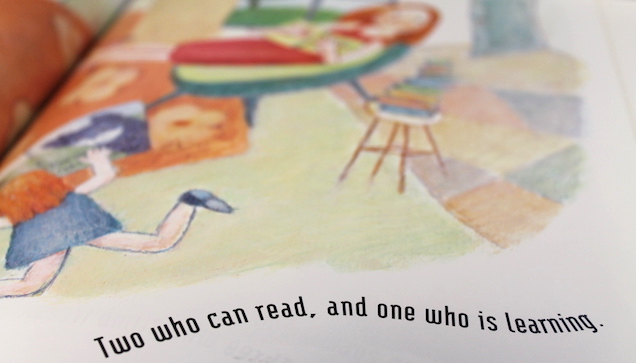
All Sorts of Families: Connecting School and Home with Math
All members of a household have things in common and things that set them apart. Exploring the important ways that loved ones go together and what makes them unique involves sets, math thinking, and a lot of fun.
